The Critical Role of Methyl Hydroxyethyl Cellulose (MHEC) in Modern Construction
The global construction industry is continually evolving, driven by demands for greater efficiency, durability, and sustainability. A cornerstone of this evolution lies in advanced chemical additives that enhance the performance of building materials. Among these, polymer ethers play a pivotal role, with Methyl Hydroxyethyl Cellulose (MHEC) standing out as a versatile and indispensable component. Specifically, Construction chemicals grade methyl hydroxy ether cellulose mhec for wallputty significantly improves the workability, adhesion, and water retention of cement and gypsum-based formulations. This technical discourse delves into the intricacies of MHEC, its manufacturing process, critical parameters, diverse applications, and the distinct advantages it offers in high-performance wall putty formulations, addressing the needs of B2B decision-makers and technical specialists seeking superior material solutions.
As urban development accelerates and infrastructure projects become more complex, the demand for sophisticated construction chemicals escalates. These chemicals are essential for achieving higher quality finishes, extending the lifespan of structures, and optimizing construction timelines. The market for cellulose ethers in construction is projected to grow substantially, reflecting their integral function in modern building practices. From enhancing rheology to ensuring consistent application, MHEC contributes to a superior end product, directly impacting project quality and reducing material waste, thereby providing a compelling economic advantage to contractors and developers worldwide.
Understanding Construction Chemicals Grade MHEC
Methyl Hydroxyethyl Cellulose (MHEC) is a non-ionic cellulose ether derived from natural cellulose through a series of chemical reactions, primarily etherification. It serves as a multi-functional additive in various construction materials, including mortars, plasters, tile adhesives, and especially wall putties. Its molecular structure provides excellent water retention, thickening, and film-forming properties. For applications requiring precise control over rheology and open time, Construction chemicals grade methyl hydroxy ether cellulose mhec for wallputty offers unparalleled performance. Its ability to control water migration in fresh mortars and putties is crucial for preventing premature drying, ensuring proper hydration of cementitious binders, and improving bond strength. This results in fewer cracks and a more durable, smooth surface finish.
The specific grade of MHEC engineered for construction chemicals is characterized by tailored viscosity, degree of substitution, and particle size distribution to meet the rigorous demands of the building industry. These properties dictate the material's workability, anti-sagging characteristics, and overall performance in varied climatic conditions. For instance, a high-viscosity MHEC is often preferred for applications requiring excellent anti-sagging properties, while a lower-viscosity grade might be chosen for sprayable mortars. This precision engineering ensures that MHEC acts as a reliable and consistent performance enhancer, critical for large-scale construction projects where material consistency is paramount.
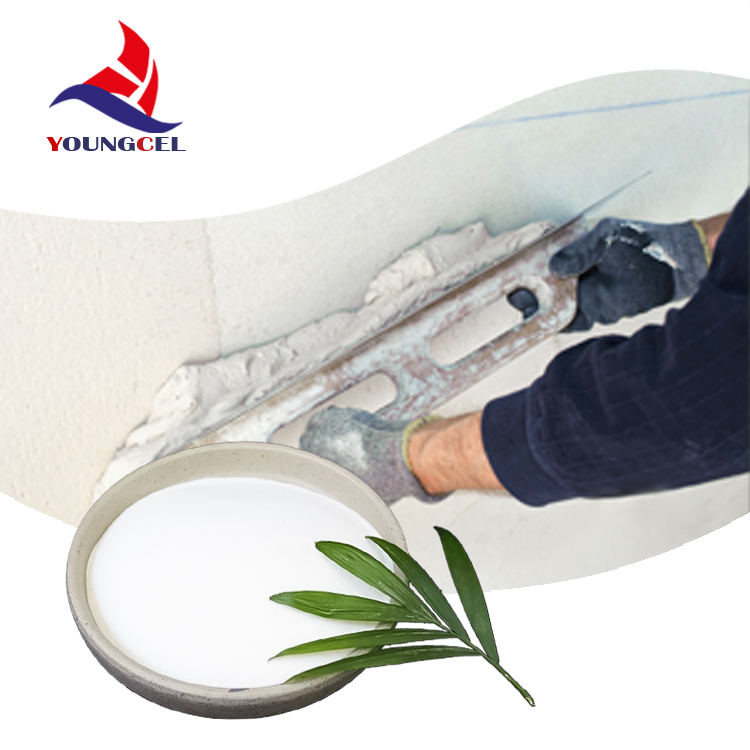
Manufacturing Process and Quality Assurance
The manufacturing of Construction chemicals grade methyl hydroxy ether cellulose mhec for wallputty involves a sophisticated, multi-stage chemical synthesis. The primary raw material, high-purity refined cotton linter or wood pulp, undergoes an alkalization process with caustic soda. This activates the cellulose, making it reactive for the subsequent etherification. In the next critical step, the alkalized cellulose reacts with methyl chloride and ethylene oxide in a controlled environment. This reaction introduces methyl and hydroxyethyl groups onto the cellulose backbone, resulting in Methyl Hydroxyethyl Cellulose. Precise control over reaction conditions, such as temperature, pressure, and reactant ratios, is paramount to achieve the desired degree of substitution and molecular weight, which directly influence the product's performance characteristics.
Following etherification, the crude MHEC is meticulously purified to remove by-products and unreacted raw materials. This typically involves washing, filtration, and drying processes. The dried product is then milled to achieve the desired particle size distribution, which is crucial for its dispersibility and dissolution rate in aqueous systems. Strict quality control protocols are implemented at every stage, from raw material inspection to final product testing. Compliance with international standards such as ISO 9001 for quality management and rigorous in-house performance tests, including viscosity measurements (e.g., Brookfield viscosity), water retention capacity, and dissolution rates, ensures a consistently high-quality product. This meticulous process ensures that each batch of MHEC meets the stringent specifications required for reliable performance in critical construction applications, guaranteeing product consistency and client trust.
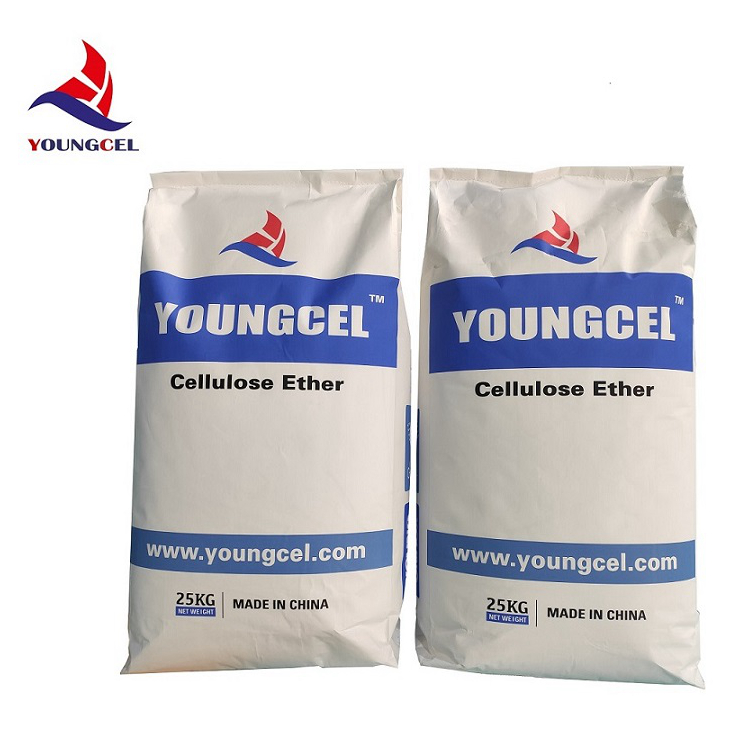
Key Technical Parameters and Specifications
The performance of Construction chemicals grade methyl hydroxy ether cellulose mhec for wallputty is defined by a set of critical technical parameters. These parameters are vital for formulators to select the appropriate MHEC grade for specific applications, ensuring optimal product performance and cost-efficiency. Understanding these specifications is key to unlocking the full potential of MHEC in high-performance construction materials.
| Parameter | Unit | Typical Range/Value | Significance in Wall Putty |
|---|---|---|---|
| Viscosity (2% solution, 20°C, NDJ-1) | mPa·s | 40,000 - 80,000 (HV) | Governs thickening, anti-sagging, and workability. Higher viscosity means better sag resistance. |
| Water Retention Rate | % | ≥95 (after 30 min) | Crucial for ensuring adequate hydration of cement, extending open time, and preventing cracking. |
| pH Value (2% solution) | - | 6.0 - 8.0 | Ensures compatibility with cementitious materials and other additives. |
| Ash Content | % | ≤5.0 | Indicates purity; lower ash content is desirable for consistent performance. |
| Moisture Content | % | ≤6.0 | Ensures product stability and ease of handling during storage. |
| Particle Size (80 mesh sieve) | % retained | ≤5.0 | Affects dissolution rate and dispersibility, preventing lumps in the final mix. |
These parameters are meticulously controlled to ensure that each batch of MHEC delivers predictable and consistent performance. The viscosity, in particular, is a critical factor, directly influencing the rheological properties of the wall putty, such as its spreadability, adhesion to the substrate, and resistance to sagging on vertical surfaces. High water retention ensures extended open time, allowing applicators more flexibility and preventing the putty from drying out too quickly, which can lead to cracking and poor adhesion.
Applications in Wall Putty and Related Mortars
Construction chemicals grade methyl hydroxy ether cellulose mhec for wallputty is a foundational additive in modern wall putty formulations, significantly enhancing their performance characteristics. Wall putty is applied to interior and exterior walls before painting to create a smooth, even surface. MHEC imparts several crucial properties that contribute to superior wall putty performance. It acts as an excellent thickening agent, improving the consistency and workability of the putty, making it easier to apply and spread evenly. Its high water retention capacity is vital, preventing premature drying of the putty, which in turn allows the cementitious binders sufficient time to hydrate properly, leading to stronger adhesion and reduced cracking.
Beyond wall putty, MHEC finds extensive use in other dry-mix mortars. In tile adhesives, it enhances bond strength, open time, and anti-sag properties, ensuring tiles remain firmly in place during application. For self-leveling compounds, MHEC contributes to optimal flow characteristics without segregation, leading to perfectly level floors. In gypsum-based plasters and renders, it improves workability, crack resistance, and surface finish. Its ability to modify rheology ensures that these materials can be applied efficiently and effectively, whether manually or through spray application. The versatility of MHEC makes it an indispensable component across a broad spectrum of construction chemical formulations, ensuring high-quality and durable results for various building applications.
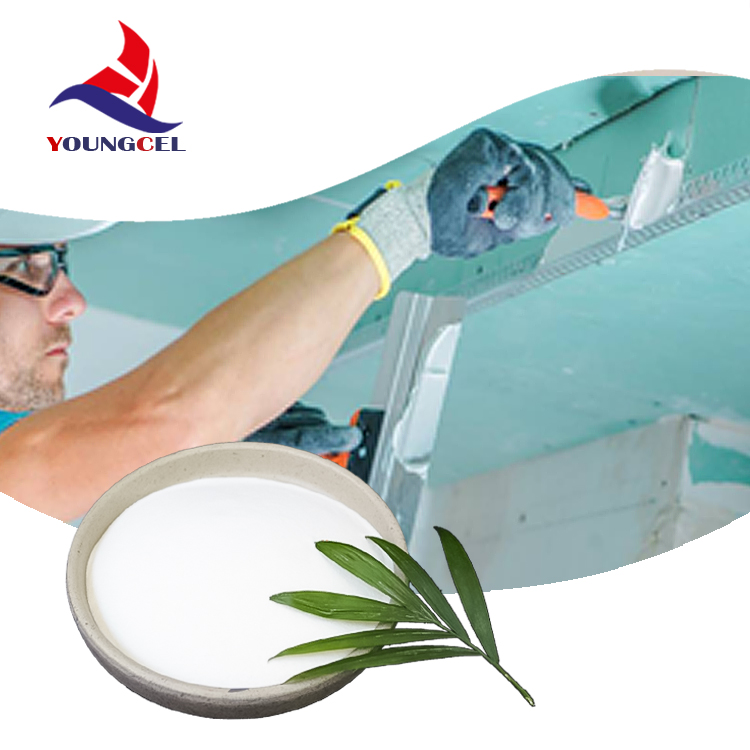
Technical Advantages of MHEC in Construction Chemicals
- Enhanced Water Retention: MHEC significantly delays the evaporation of water from the mortar or putty, crucial for proper cement hydration. This extended open time allows for better workability and ensures optimal bond development, directly preventing shrinkage cracks and improving ultimate strength. For Construction chemicals grade methyl hydroxy ether cellulose mhec for wallputty, this means a smoother finish and reduced risk of efflorescence.
- Improved Workability and Rheology: As a rheology modifier, MHEC provides excellent thickening effects, contributing to the desired consistency and plasticity of the mix. This results in easier application, better spreadability, and a more uniform surface. It also enhances the anti-sagging properties for vertical applications, ensuring the material stays where it's applied without slumping.
- Stronger Adhesion and Cohesion: MHEC acts as a binder, improving the cohesion within the wet mix and its adhesion to various substrates. This translates to stronger, more durable bonds for wall putties, plasters, and tile adhesives, ensuring long-term structural integrity and finish quality.
- Crack Resistance: By maintaining optimal moisture content during curing, MHEC mitigates the risk of plastic shrinkage cracks. This leads to a more robust and visually appealing surface, reducing the need for costly repairs and re-applications.
- Air Entrainment Control: MHEC can influence the air content in the mix, which, when properly controlled, can enhance freeze-thaw resistance and overall durability without excessively compromising strength.
- Cost-Effectiveness: While an additive, the benefits of MHEC in terms of reduced material waste, faster application, and superior final product quality often lead to significant overall cost savings for large-scale construction projects.

Customized Solutions and Manufacturer Selection
Selecting the right manufacturer for Construction chemicals grade methyl hydroxy ether cellulose mhec for wallputty is paramount for ensuring consistent quality and performance in your end products. A reputable supplier should offer not only standard grades but also customized solutions tailored to specific project requirements or regional climatic conditions. This often involves fine-tuning parameters such as viscosity, dissolution rate, and thermal gelation properties. Manufacturers with robust R&D capabilities can collaborate with clients to develop bespoke MHEC grades that optimize performance in unique formulations, addressing challenges like high humidity, extreme temperatures, or specialized substrate adhesion.
When evaluating potential suppliers, consider their commitment to quality assurance, evidenced by certifications like ISO 9001 and adherence to industry best practices. Look for suppliers with extensive experience in the construction chemicals sector, a proven track record of consistent product quality, and reliable technical support. A transparent supply chain, clear delivery schedules, and comprehensive after-sales service are also critical indicators of a trustworthy partner. Engagements with industry leaders often include access to their technical expertise, assisting in formulation optimization and troubleshooting, thereby creating a collaborative relationship that extends beyond mere product procurement to become a true partnership in innovation.
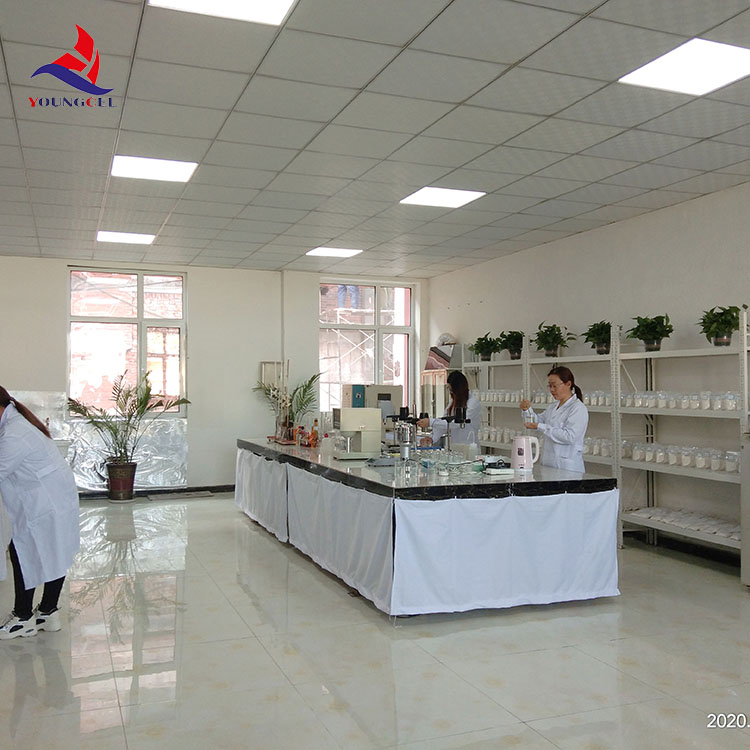
Application Case Studies & Market Impact
The tangible impact of Construction chemicals grade methyl hydroxy ether cellulose mhec for wallputty is best illustrated through real-world applications. In a large-scale residential project in a high-humidity coastal region, a custom-formulated wall putty incorporating high-viscosity MHEC significantly reduced cracking and improved surface smoothness compared to standard formulations. The enhanced water retention property of the MHEC allowed for an extended open time, crucial for applicators working in challenging climate conditions, ultimately leading to faster project completion and reduced rework. Similarly, in a commercial high-rise building, the use of MHEC in a thin-layer render formulation enabled excellent anti-sagging properties on vertical surfaces, ensuring a uniform thickness and superior aesthetic finish, which was critical for the building's facade.
These case studies underscore the transformative effect of MHEC on construction efficiency and quality. Beyond individual projects, MHEC contributes to broader market trends favoring high-performance, sustainable building materials. Its ability to improve material performance, reduce waste, and extend service life aligns perfectly with green building initiatives. Manufacturers and contractors who leverage advanced MHEC formulations gain a competitive edge by delivering superior products that meet increasingly stringent performance and environmental standards. The consistent demand and continuous innovation in MHEC grades are testaments to its irreplaceable role in modern construction chemistry, driving progress in building material technology worldwide.
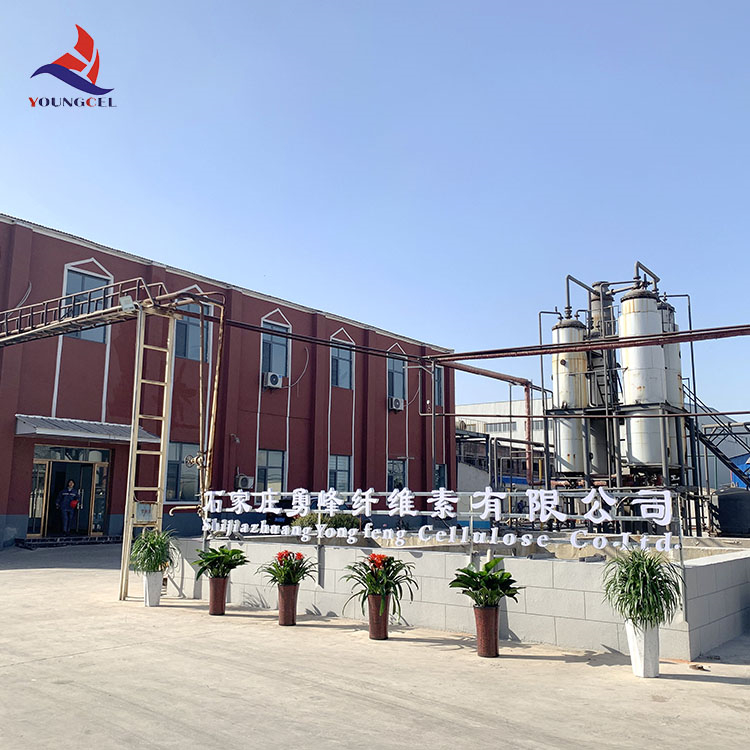
Frequently Asked Questions (FAQ) about MHEC
Q1: What is the primary difference between MHEC and HPMC?
A1: Both MHEC (Methyl Hydroxyethyl Cellulose) and HPMC (Hydroxypropyl Methylcellulose) are non-ionic cellulose ethers commonly used in construction. The key difference lies in the etherification agents used during their production. MHEC uses ethylene oxide to introduce hydroxyethyl groups, while HPMC uses propylene oxide to introduce hydroxypropyl groups. This results in subtle differences in their properties, such as thermal gelation temperature, water retention efficiency, and rheological behavior. For Construction chemicals grade methyl hydroxy ether cellulose mhec for wallputty, MHEC generally offers superior thermal stability and water retention at higher temperatures, making it suitable for diverse climates.
Q2: How does MHEC contribute to crack resistance in wall putty?
A2: MHEC significantly enhances crack resistance primarily by improving the water retention of the wall putty. By retaining water for a longer period, it ensures that the cementitious binders have sufficient time for proper hydration. This prevents premature drying and excessive shrinkage, which are common causes of cracking, particularly plastic shrinkage cracking, leading to a more durable and crack-free surface.
Q3: What are the typical storage conditions for MHEC?
A3: MHEC should be stored in a cool, dry place, away from direct sunlight and sources of moisture. It is generally packed in multi-ply paper bags with an inner polyethylene liner. Proper storage ensures the product's stability and prevents caking or degradation over time. The typical shelf life is about 12-24 months when stored under recommended conditions.
Q4: Can MHEC be used in outdoor wall putty applications?
A4: Yes, Construction chemicals grade methyl hydroxy ether cellulose mhec for wallputty is highly suitable for outdoor wall putty applications. Its excellent water retention and improved adhesion properties make the putty more resistant to weathering, temperature fluctuations, and moisture. For outdoor use, it is often combined with other additives like redispersible polymer powder to further enhance flexibility and waterproofing characteristics, ensuring long-lasting performance in various environmental conditions.
Conclusion: The Future of Wall Putty with MHEC
Construction chemicals grade methyl hydroxy ether cellulose mhec for wallputty is undeniably a cornerstone of modern dry-mix mortar technology. Its multifaceted benefits, ranging from superior water retention and improved workability to enhanced adhesion and crack resistance, make it an indispensable additive for high-performance wall putties and a variety of other construction materials. As the global construction industry continues its pursuit of higher efficiency, durability, and sustainability, the demand for advanced chemical additives like MHEC will only intensify. Collaborating with experienced manufacturers offering tailored MHEC solutions, supported by robust technical expertise and quality assurance, is crucial for formulators aiming to develop market-leading products. Embracing the proven advantages of MHEC ensures not just superior product performance but also contributes significantly to the longevity and aesthetic appeal of modern architectural structures.
References
- Cement and Concrete Research. "The influence of cellulose ethers on the rheology and hydration of cement pastes."
- Journal of Materials in Civil Engineering. "Effects of cellulose ethers on the properties of gypsum-based products."
- Construction and Building Materials. "Performance enhancement of cementitious dry-mix mortars using methyl hydroxyethyl cellulose."
- Chemical Engineering Journal. "Synthesis and characterization of modified cellulose ethers for building applications."
- Polymers for Advanced Technologies. "Rheological behavior of cellulose ether modified cementitious composites."
-
Rdp that The Revolutionary Polymer Powder Transforming Modern Construction MaterialsNewsAug.11,2025
-
Hpmc Powder that Versatile Additive for Detergents and Personal CareNewsAug.11,2025
-
Hpmc Hydroxypropyl Methylcellulose that Essential Building Material Additive from Shijiazhuang Gaocheng YongfengNewsAug.11,2025
-
Hydroxypropyl Methyl Cellulos Hpmc that Essential for Construction ApplicationsNewsAug.11,2025
-
Mhec Powder that Revolutionizing Construction Chemistry with Cellulose Ether SolutionsNewsAug.11,2025
-
Industri Hpmc that The Global Backbone of Advanced ConstructionNewsAug.11,2025




